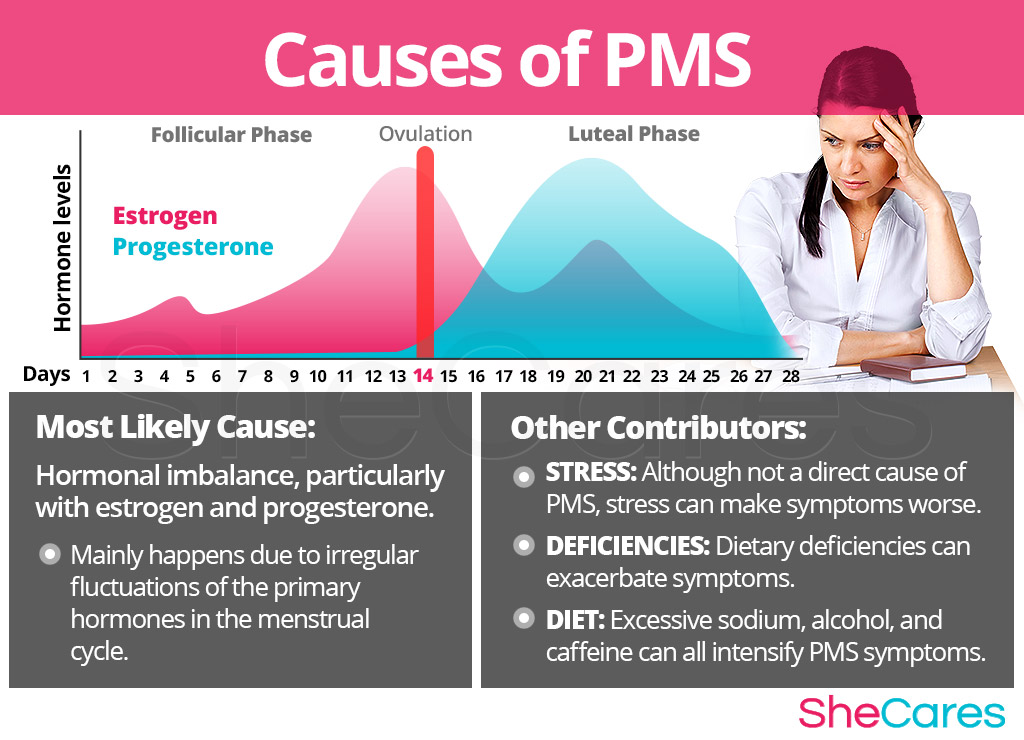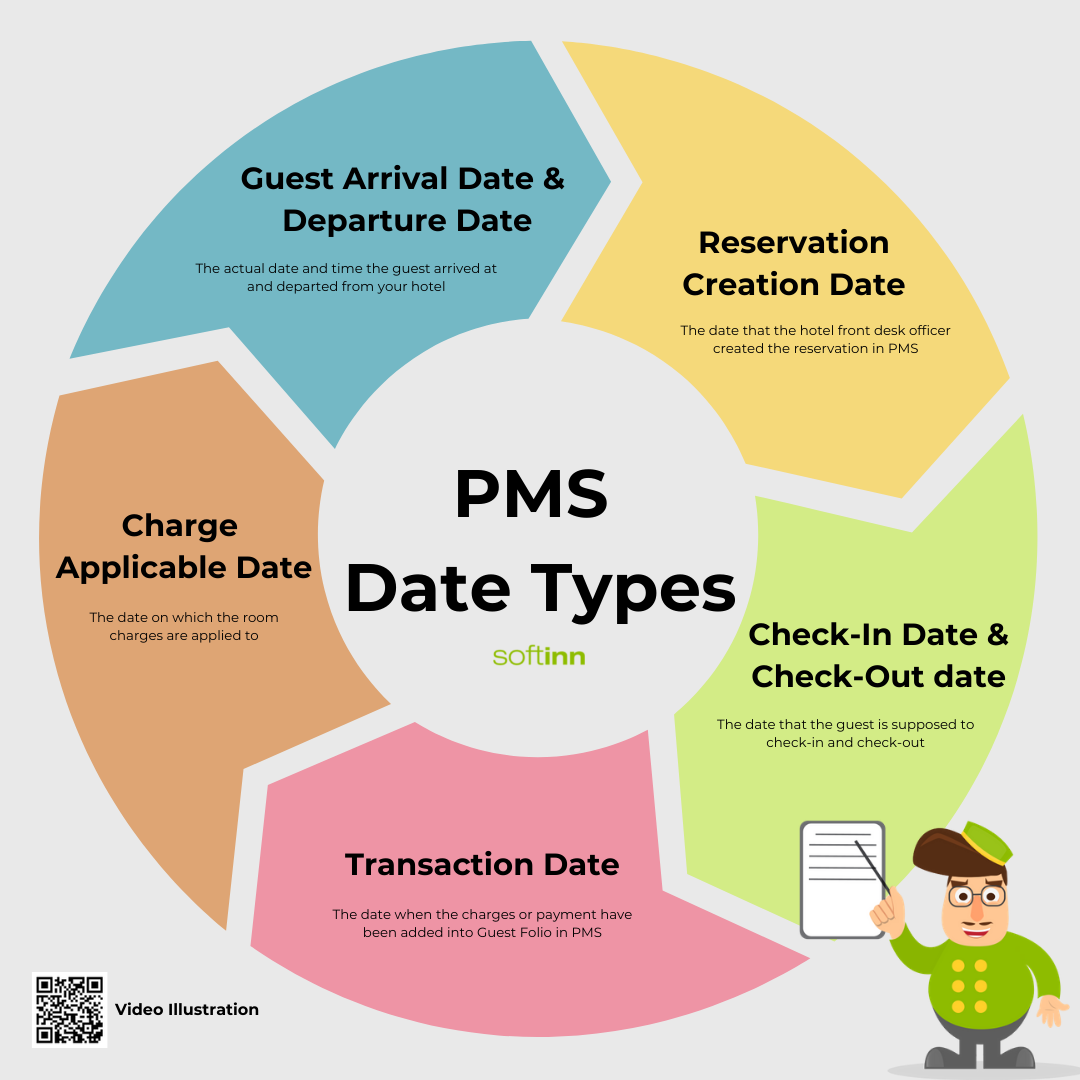Unpacking PMS Meaning: What Premenstrual Syndrome Really Is
Many people who menstruate have experienced those familiar shifts that arrive like clockwork before their period starts. You might feel different, perhaps a little more tired, or your mood might swing in unexpected ways. Understanding what is happening can truly make a difference, so knowing the pms meaning can offer a lot of clarity, you know. It is something that affects a significant number of people, making it a very common experience for many.
This experience, often talked about, has a specific name: Premenstrual Syndrome, or PMS. It is a group of physical and emotional changes that can show up in the days leading up to your monthly period. For many, these changes are just a part of their cycle, yet they can still be quite noticeable, so.
We are going to explore what PMS truly means, looking at its signs, when it typically happens, and who it seems to affect most. This way, you can get a clearer picture of this common aspect of menstrual health, as a matter of fact.
Table of Contents
- What is PMS Meaning?
- The Many Signs of PMS
- When PMS Typically Happens
- Who Experiences PMS?
- What Might Be Behind PMS?
- PMS and PMDD: A Quick Note
- Frequently Asked Questions About PMS
What is PMS Meaning?
So, what exactly is the pms meaning? Premenstrual syndrome, or PMS, is a term for various symptoms that you might experience in the weeks before your period. It is a collection of physical and emotional symptoms, actually. Many women, you know, may have these symptoms in the days right before their period begins.
It refers to a wide range of physical and psychological symptoms that people experience before their menstrual period. PMS involves changes in mood, emotions, physical health, and behavior, that is. These changes can occur between ovulation and the very start of your period, more or less.
It is a group of physical and behavioral changes that some women experience every month. These changes happen before their menstrual periods, typically. A combination of symptoms is what many women get about a week or two before their period, as a matter of fact.
In short, PMS describes physical and emotional symptoms that usually begin a week or two before your period. Most people who menstruate have at least one or more symptoms, you see. It is a cluster of symptoms that usually show up each menstrual cycle, almost.
About 80% of women report having at least some experience with these symptoms. This makes PMS a very common part of the menstrual cycle for many, you know. It is a widespread occurrence, so.
The Many Signs of PMS
Premenstrual syndrome has a wide variety of signs and symptoms. These can feel different for everyone, yet some are quite common. It is a really diverse range of feelings and physical sensations, you know.
Emotional and Mood Changes
One common aspect of PMS involves shifts in how you feel emotionally. Mood swings are a very typical sign, for instance. You might find yourself feeling happy one moment and then sad or frustrated the next, in a way.
Irritability is another common emotional symptom, so. People might feel easily annoyed or short-tempered. Depression can also be a part of the emotional changes some experience, too it's almost. These feelings are often temporary and tied to the cycle.
Physical Sensations
PMS also brings various physical sensations. Tender breasts are a frequent complaint for many, you know. This can feel like soreness or a general sensitivity in the chest area, typically.
Fatigue is another common physical sign. You might feel very tired, even if you have had enough sleep, as a matter of fact. This tiredness can sometimes feel quite heavy, apparently.
Other Common Experiences
Food cravings are also a symptom some people notice. You might find yourself wanting specific foods more than usual, like your favorite snacks. These cravings can be quite strong, sometimes.
These are just some of the diverse physical and psychological symptoms that people experience. It is a wide range, you see, and not everyone will have every single one, so.
When PMS Typically Happens
PMS symptoms usually begin a week or two before your period. This timing is pretty consistent for most who experience it. It is that window between ovulation and the start of your menstrual flow, you know.
The symptoms typically last until a few days after your period has begun. So, they do not just stop the moment your period arrives. They can linger for a little while, as a matter of fact.
This means the experience of PMS is not just a single day or two. It can span several days or even a couple of weeks each cycle, basically. Knowing this timeframe can help people prepare, in a way.
Who Experiences PMS?
While many people who menstruate have at least one or more PMS symptoms, some groups might experience it more often. This is something worth considering, you know.
PMS occurs more often in those who are in their late 20s and early 40s. This age range seems to be a common time for these symptoms to be more noticeable, apparently.
Also, those who have at least one child might experience PMS more frequently. This suggests a possible link to changes that happen after childbirth, perhaps.
A family history of depression can also be a factor. If depression runs in the family, PMS might be more likely to occur, or to be more intense, you see.
Furthermore, a past medical history of postpartum depression can also be linked to experiencing PMS more often. This connection suggests that hormonal shifts might play a role, you know.
What Might Be Behind PMS?
The exact cause of PMS remains unknown, actually. This is an important point to remember, too it's almost. Researchers are still working to understand fully why some people experience these symptoms and others do not.
However, it is thought to be related to the hormone changes that happen during the menstrual cycle. The fluctuating levels of hormones like estrogen and progesterone are believed to play a role, you know.
These hormone shifts are a natural part of the cycle. It is how the body prepares for a possible pregnancy each month. So, the symptoms of PMS are likely a response to these normal, cyclical changes, in a way.
While the precise mechanism is still being studied, the connection to hormone changes is widely accepted. It is a key piece of the puzzle when we talk about the pms meaning, you see.
PMS and PMDD: A Quick Note
When discussing PMS, it is also good to know about Premenstrual Dysphoric Disorder, or PMDD. The provided information mentions PMDD, so it is worth a brief mention here, you know.
While PMS describes a group of physical and emotional symptoms, PMDD is a more severe form. It is important to find out more about both, as a matter of fact, since they are related but distinct.
Learning about the symptoms women can experience before their period includes considering both PMS and PMDD. This helps in having a fuller picture of premenstrual experiences, you see.
Frequently Asked Questions About PMS
People often have questions about PMS. Here are some common ones that people ask, you know.
What does PMS stand for?
PMS stands for Premenstrual Syndrome, actually. It is the full name for the condition we have been discussing, you know.
When do PMS symptoms usually start?
PMS symptoms typically start a week or two before your period. They can last until a few days after your period begins, you see.
Is PMS common?
Yes, PMS is very common. About 80% of women report having at least one or more symptoms, so. Most people who menstruate experience some form of it, in a way.
For more information about menstrual health, you can visit a trusted health resource.
Learn more about premenstrual experiences on our site, and link to this page for additional insights.

Premenstrual Syndrome - PMS | SheCares

pms meaning - DrBeckmann

Premenstrual Syndrome - PMS | SheCares